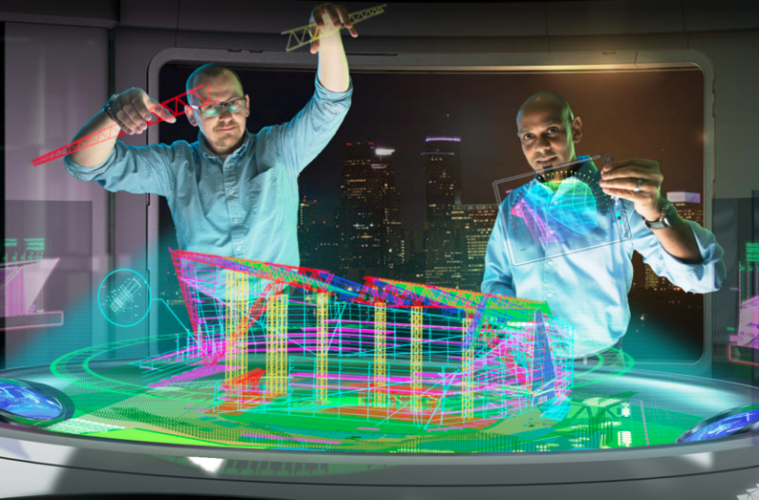Natural disasters have increased in frequency and scale since the beginning of the century, and experts believe they will become even more severe in the coming decades.
However, in this new world, it is critical that projects are intelligently designed to mitigate the effects of natural disasters. Building information modeling (BIM) may be critical in creating a world that can withstand natural disasters. It helps prepare structures for disasters and calamities and limit the damage that a crisis can cause.
In this bite, let us explore how BIM can aid disaster resilience in construction projects.
What Problems Do Building Face?
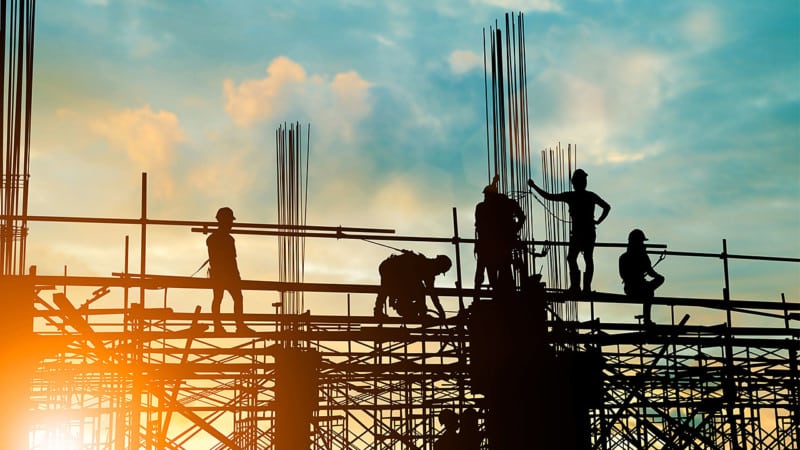
source: digitalschools.ca
Many issues arise during the planning and construction of any building. Structural integrity is critical in how a building responds to its surroundings and at the time of any natural disaster.
A well-built, structurally sound building will require less time, labor, and resources to rebuild than a poor-quality building. It also provides better consumer protection and a safe haven for the community to rely on. A building that lacks good design is simply unsustainable, especially in the event of a natural disaster.
Using building information modeling, architects and construction companies can design new structures from the ground up for disaster resilience.
BIM for Designing More Resilient Buildings
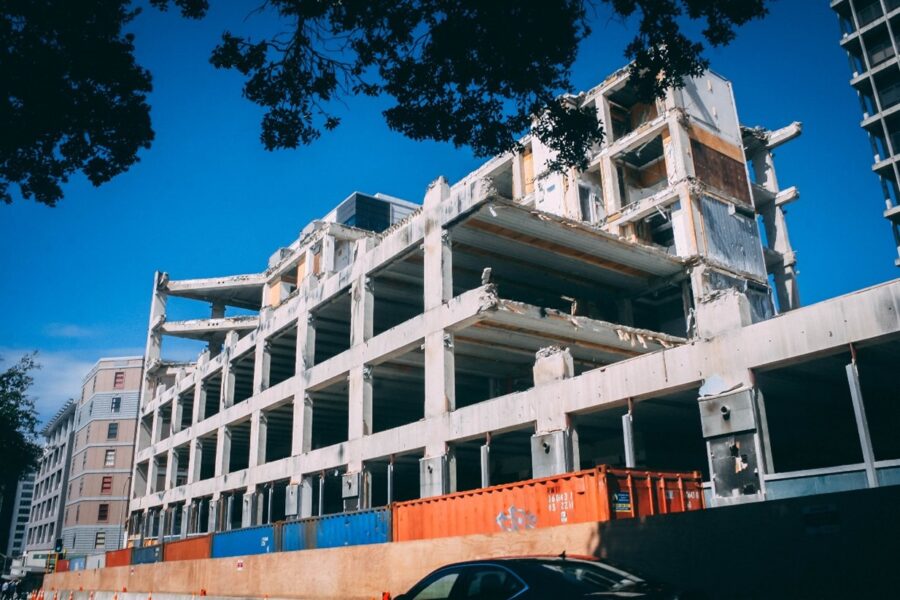
source: pinterest.com
Multiple simulations are run by construction designers to assess the potential impact of earthquakes, fires, floods, and other disasters. The findings could influence redesigns or material changes.
The power of BIM can aid decision-making in this regard. Designers, project managers, and other key stakeholders can easily access the BIM model and share best practices. If the project is in an area prone to natural disasters, designers may even use materials or design techniques that allow for easy rebuilding or recovery.
The advantages of BIM extend beyond the design stage. After a project has been handed over to the owner, the data can be used to inform repair schedules and other factors in the aftermath of disaster damage.
Real-Time Data for Emergency Response
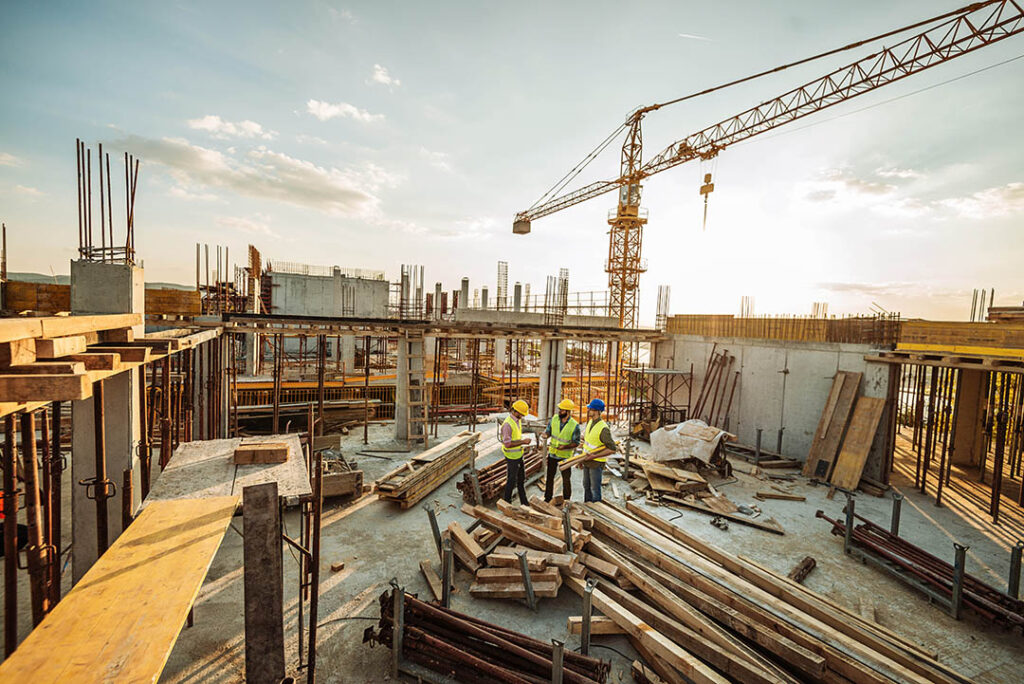
source: pinterest.com
The data-rich nature of a BIM model can be beneficial for any disaster response team that needs to enter a building. There is a limit to how much data can be represented on 2D physical plans, and such plans can quickly become out of date.
It’s not difficult to imagine a world in which BIM models are easily accessible to emergency services. These models’ data could include the location of flammable materials, detailed slip hazards, notes on how smoke will spread throughout the structure, and more mundane details like evacuation routes.
BIM may also play an essential role in the future of active evacuations, particularly in densely populated structures such as office buildings.
BIM Automation for Informal Housing Retrofits
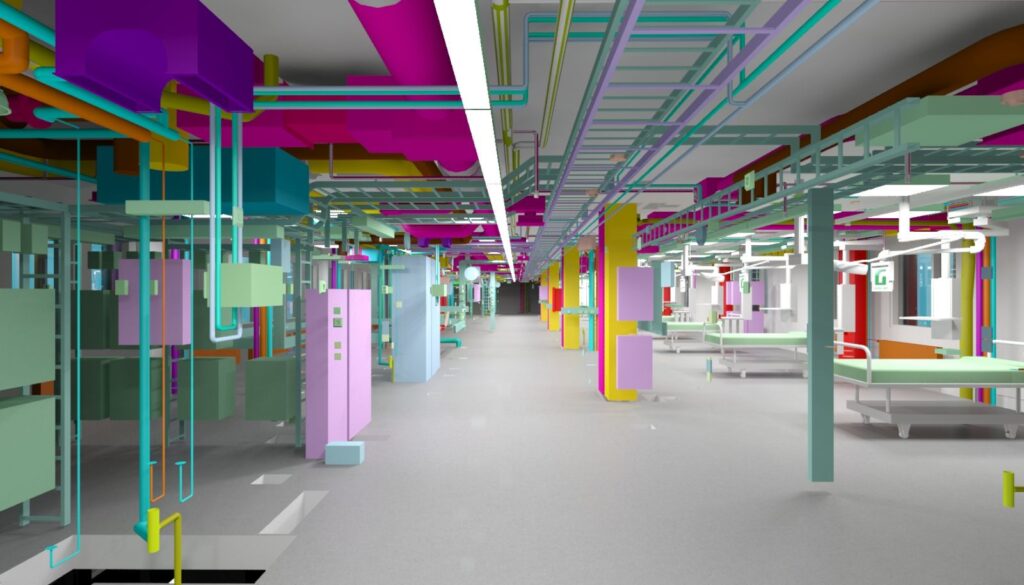
source: pinterest.com
More than a billion people worldwide live in informal and marginal housing due to population growth and internal migration in developing countries.
Informal housing residents may not easily access basic necessities such as water, electricity, and plumbing. It is because informal housing structure and material choices are frequently subpar, and occupants are particularly vulnerable to natural disasters.
Developers can use BIM to partially automate the process of designing disaster-resilient retrofits for existing informal housing. These upgrades contribute to the structural integrity of existing informal housing.
BIM can also be used to retrofit existing structures to better prepare them for disasters, thereby keeping people safe without the risk of displacement that can accompany demolishing and rebuilding unsafe structures.
Governments can reduce the risk of displacing current residents while also lowering the overall cost of providing them with adequate, disaster-resilient housing by remodeling these structures rather than building entirely new ones.
The Bottomline
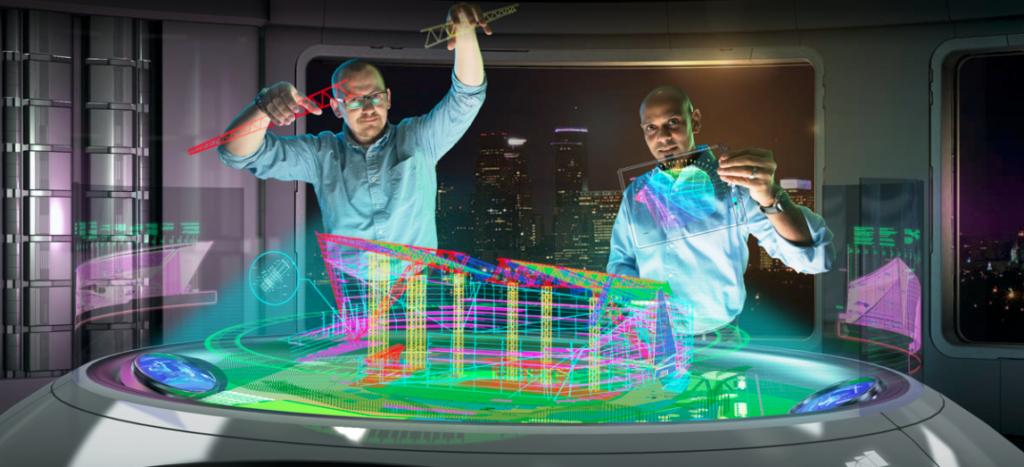
source: pinterest.com
As we move forward in time, the frequency and magnitude of these natural disasters may increase due to a variety of global factors, and construction resilience would be one of the most critical aspects of sustainability, and precautions would necessitate the presence of global collaboration. Building information modeling (BIM) can potentially transform the built environment’s resilience.
BIM processes and technology will be critical in construction project management, environmental resilience, and other areas. It provides real-time, detailed information, such as floor plans and the structural state of the building, to all parties involved, from architects to contractors and engineers, providing the relevant context required to formulate a working emergency plan.
To sum up, BIM assists in planning and building with sustainability in mind, and better resource use, as well as planning around climate and place, allows for less strain on the environment, which can reduce the impact and frequency of natural disasters.
Technology is advancing rapidly and helping us build better. If you are looking for BIM services for your next construction project, you can count on Pinnacle Infotech. It is an industry pioneer in offering cutting-edge end-to-end BIM solutions to AEC firms.

